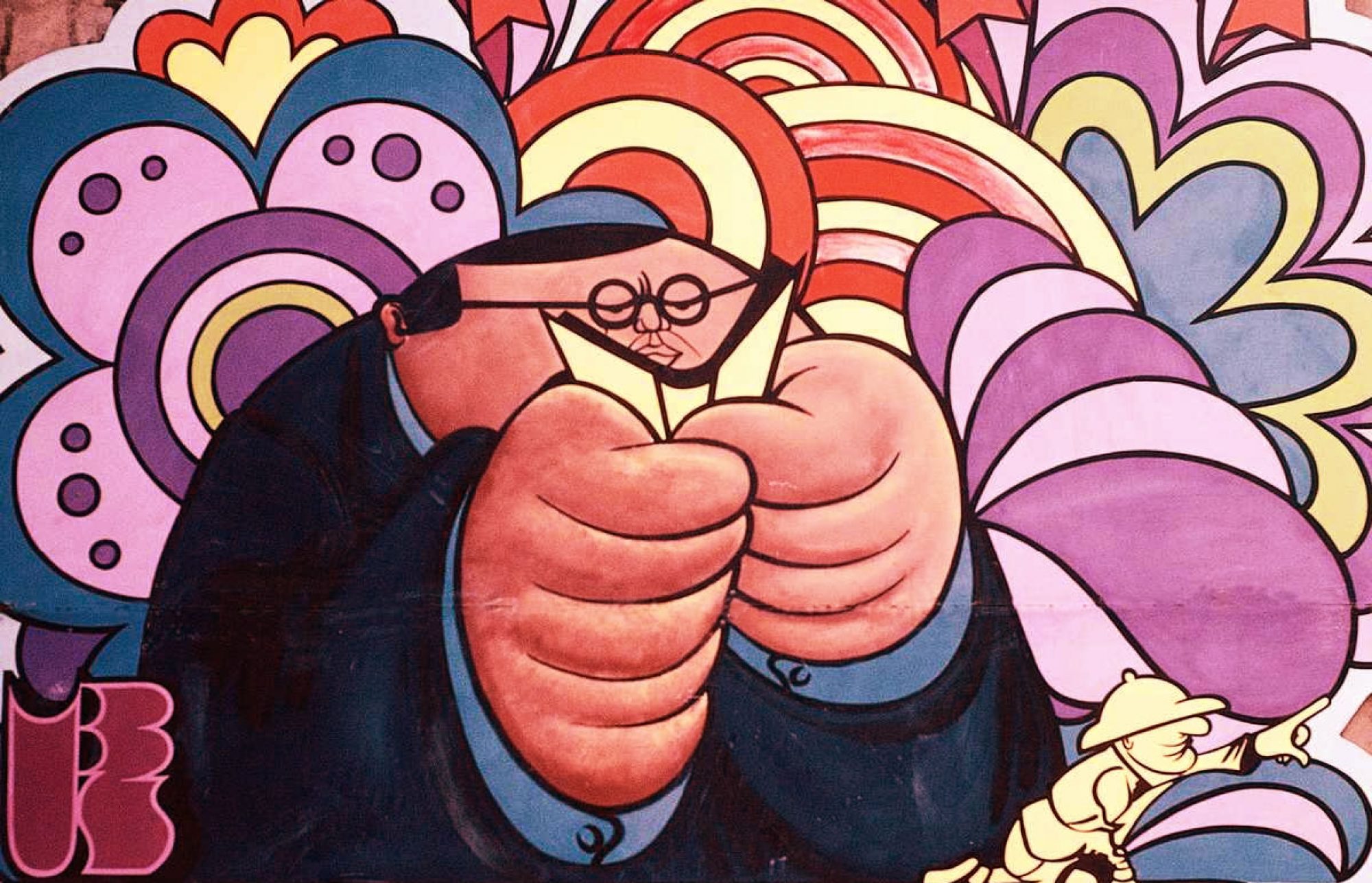Major Styles In Modern Art, by the library of fine arts
Making The Mummies Dance, Inside The Metropolitan Museum Of Art, by Thomas Hoving
Antiques Speak, A Guide To The Styles, Techniques, and Materials of the Decorative Arts, from the Renaissance to Art Deco, by Kathryn B. Hiesinger and George H. Marcus
Understanding antiques requires knowledge of a specialized vocabulary that tells initiates what something is, where it came from, and when it was made. AntiqueSpeak provides this essential information in concise but illuminating essays that cover almost a millennium of styles (such as Baroque and Art Deco), materials (glass, ivory), types of objects (furniture, toys and games), specialized areas of collecting (folk art, Judaica), and concerns involved with acquiring and caring for antiques (auctions, condition, marks and signatures). In addition, the book includes a handy one-page StyleChart; a section of color plates (one for each major style); an album of ornaments and classical orders, represented by line drawings; labeled drawings of selected furniture types; an introduction that explains how to use the book; and an invaluable index that provides dates and nationalities for all the designers, craftsmen, artists, and others discussed in the entries.
( from the text, 215 pages )
History Of Art For Young People, by H.W. Janson 2nd ed revised by Anthony F. Janson
Leo Mol Sculpture Garden
Cambridge Introduction to the History of Art, The Twentieth Century, by Rosemary Lambert
The twentieth century has seen great and rapid changes in society and in art. Artists have challenged all the traditional ways of seeing and depicting the world. They have grouped together in a bewildering series of movements, or followed individual and sometimes baffling preoccupations. In Rosemary Lambert’s The Twentieth Century, the art lover is helped through the maze. Key works from Cubism and Fauvism to Pop Art and Photo Realism, from Picasso and Braque to the Bauhaus and beyond, are explored in non-technical language. The reader is conveyed by the author’s own enthusiasm towards the discovery of many fascinating parallels in the painting, sculpture and architecture of this century.
( from the sleeve, 90 pages )
The Life And Works Of Kandinsky, by Bekah O’Neill
From Abacus To Zeus, A Handbook Of Art History, by James Smith Pierce
This handbook defines the most common terms used in discussing the history of visual arts, relating them to specific works illustrated in these standard volumes. Topics covered include art terms, processes, and principles, gods, heroes, and monsters, Christian subjects, saints and their attributes, Christian signs and symbols, chronology of painters, photographers, sculptors, and architects, as well as maps, and a directory of museum websites. For art and art history enthusiasts.
( courtesy of James Smith Pierce, 131 pages )
Between Heaven and Hell, the story of a thousand years of artistic life in Russia, by W. Bruce Lincoln
‘How did a country with such a tormented past bring such stunning works of art into being? America’s leading Russian historian, W. Bruce Lincoln, finds answers in a land uniquely suspended between East and West, past and future, sacred and secular, and in its suppressed artists? creative search for identity and inner freedom under tyranny.Examining Russia’s masterpieces through the prism of its social and political history, Between Heaven and Hell synthesizes accounts of music, painting, architecture, literature, iconography, ballet, and cinema into a gripping saga. Transforming exhaustive archival research into a passionate story, this gorgeously illustrated volume brims with the silent mysteries of Byzantine Christianity, the dazzling Imperial splendor of the czars, and the poignant return of brutalized exiles to their homelands. The roster of artists?Pushkin, Tolstoy, Borodin, Tchaikovsky, Kandinsky, Pavlova, Chagall, Pasternak’carries straight through to the contemporary ordeals of Solzhenitsyn and Brodsky. A fabulous gift for Russophiles, history buffs, and connoisseurs of all the arts, Between Heaven and Hell shows how the collision of social contradictions, imported art forms, and creative genius gave birth to the quintessential Russian experience.
( courtesy of Google Books, 511 pages )

